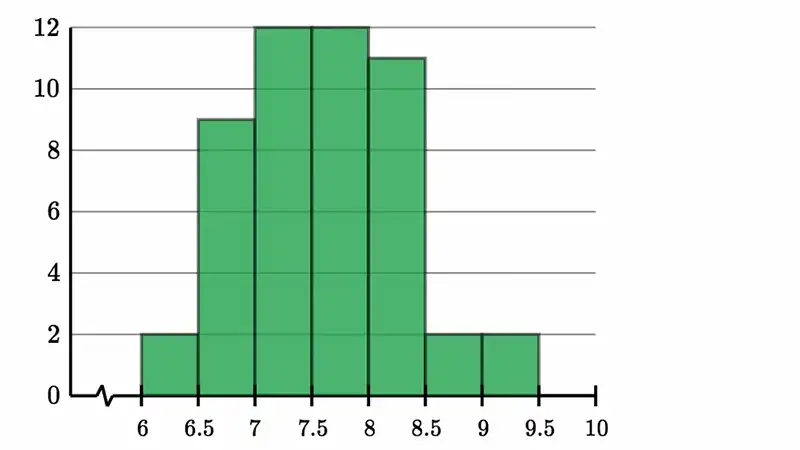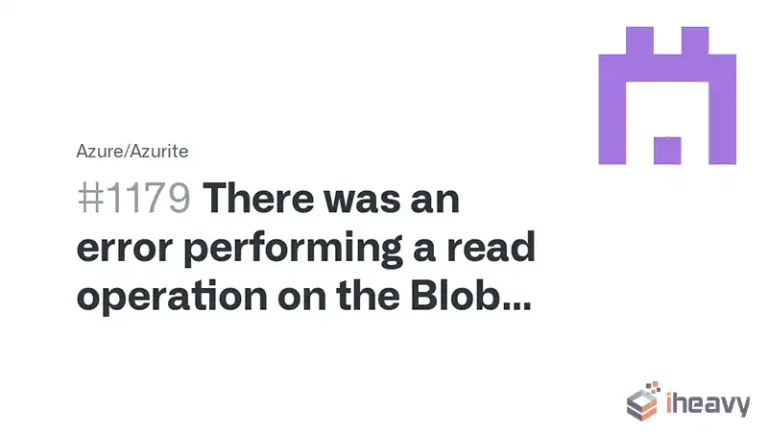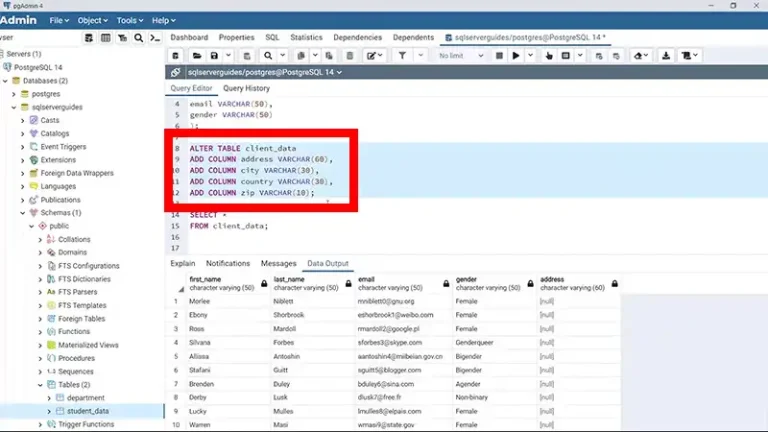Incremental Statistics Cannot Be Used With Histogram | Reasons & Alternatives
Incremental statistics and histograms are two important concepts in data analysis and database management. Incremental statistics are a method of updating statistics on a table or partition without having to scan the entire dataset.
This can be a significant time savings, especially for large datasets. Histograms, on the other hand, are a way of representing the distribution of data in a table or partition. This can be useful for query optimization and other tasks.

Limitations of Incremental Statistics with Histograms
While incremental statistics and histograms are both valuable tools, there are some limitations to their use. One limitation is that incremental statistics cannot be used with histograms in all cases.
Specifically, incremental statistics cannot be used with histograms if the data distribution changes significantly over time. This is because incremental statistics are only able to update the histogram based on the changes in the data, not on the overall distribution of the data.
Reasons Why Incremental Statistics Cannot Be Used with Histograms
Incremental statistics involve updating only the changed data, while histograms require a comprehensive understanding of the entire dataset’s distribution. Combining these two approaches can lead to inaccurate or incomplete statistical information. A few other reasons why incremental statistics cannot be used with histograms are:
- One reason is that the histogram is a representation of the overall distribution of the data, and incremental statistics only update the histogram based on the changes in the data. This can lead to an inaccurate representation of the data distribution if the data changes significantly over time.
- Another reason why incremental statistics cannot be used with histograms is that the histogram is used for query optimization. If the histogram is not accurate, then the query optimizer may not be able to choose the most efficient execution plan for a query. This can lead to poor query performance.
Impact of Incremental Statistics on Query Optimization
Incremental statistics can have a significant impact on query optimization. If the statistics are accurate, then the query optimizer can choose the most efficient execution plan for a query. This can lead to improved query performance.
However, if the statistics are inaccurate, then the query optimizer may not be able to choose the most efficient execution plan. This can lead to poor query performance.
Alternative Methods for Updating Histograms
If incremental statistics cannot be used with histograms, then there are a few alternative methods for updating the histogram. One method is to scan the entire dataset and rebuild the histogram. This is the most accurate method, but it can also be the most time-consuming.
Another method is to use a sampling method to update the histogram. This method is faster than scanning the entire dataset, but it may not be as accurate. The accuracy of the sampling method will depend on the size of the sample and the distribution of the data.
Choosing the Right Method for Updating Histograms
The best method for updating histograms will depend on the specific needs of the application. If the data distribution changes frequently, then the sampling method may be the best choice. However, if the data distribution is relatively stable, then scanning the entire dataset and rebuilding the histogram may be the best choice.
Considerations When Using Incremental Statistics
When using incremental statistics, it is important to consider the following:
- The frequency with which the data changes
- The accuracy of the statistics
- The impact on query performance
- Use incremental statistics only if the data changes frequently.
- Monitor the accuracy of the statistics.
- Be aware of the impact on query performance.
Future Directions for Incremental Statistics and Histograms
There are a number of future directions for incremental statistics and histograms. One area of research is developing more accurate and efficient methods for updating histograms. Another area of research is developing methods for using incremental statistics with more types of data.
Frequently Asked Questions
Are there any specific databases or systems where incremental statistics cannot be used with histograms?
The limitation of using incremental statistics with histograms may vary among different database management systems. It’s crucial to check the documentation of the specific database in use.
What issues can arise if one attempts to use incremental statistics with histograms?
Mixing incremental statistics with histograms can result in inaccurate cardinality estimates, leading to suboptimal query performance. Queries might not be executed as efficiently as possible.
Can the inability to use incremental statistics with histograms impact performance significantly?
Yes, it can. In scenarios where incremental updates are crucial, the inability to use this method with histograms might lead to increased processing time and suboptimal execution plans for queries.
What strategies can be employed to balance the need for incremental updates with accurate histogram information?
Database administrators may need to carefully plan and schedule statistics updates, balancing the benefits of incremental updates with the necessity for accurate histograms. This could involve a combination of incremental and full statistics updates based on the nature of data changes.
Conclusion
Incremental statistics and histograms are both valuable tools for data analysis and database management. It is important to be aware of the limitations of incremental statistics when using them with histograms. The best method for updating histograms will depend on the specific needs of the application. their needs.








Good post! We will be linking to this particularly great post on our site. Keep up the great writing
Thanks